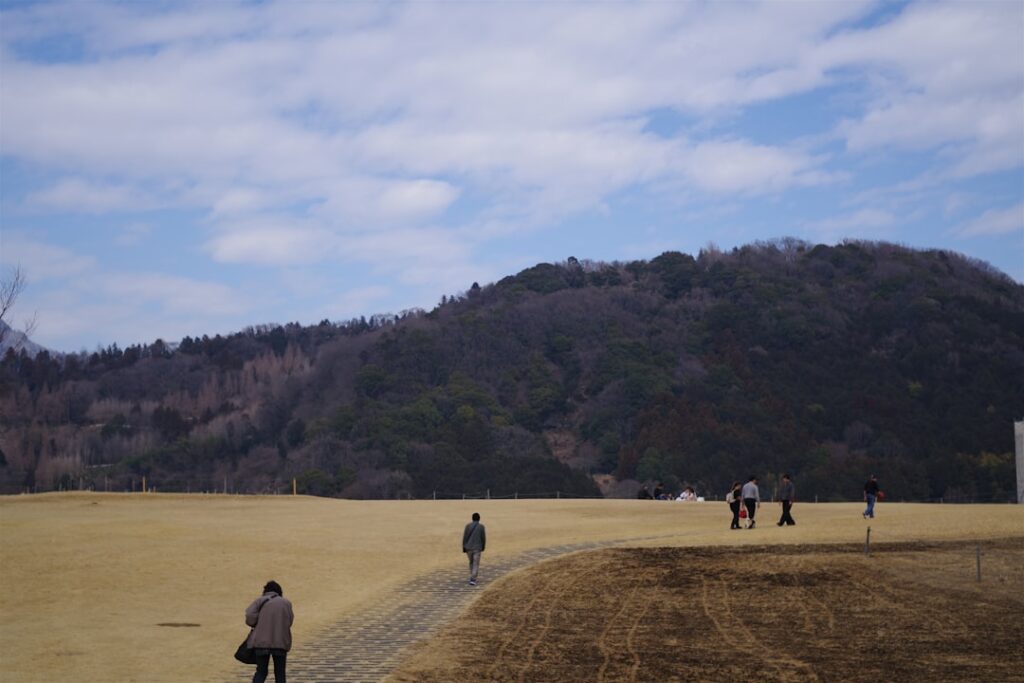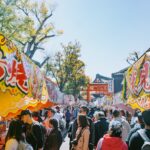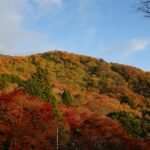Discover a side of Japan that most tourists never see. As 2025 brings a wave of interest in sustainability and immersive experiences, intrepid travelers are venturing beyond the neon lights of Tokyo and the ancient temples of Kyoto. The untouched countryside of Japan—lush, tranquil, and deeply woven with tradition—offers a chance to unplug, reconnect with nature, and participate in genuine local life. In this comprehensive guide, we take you on an off-the-beaten-track journey through rural glamping, eco-friendly farm stays, Satoyama living, and the vibrant tapestry of tradition and community you’ll find only in Japan’s lesser-known prefectures.
Sustainable Meets Luxury: The Rise of Glamping in Japan’s Wild Landscapes
If your idea of camping includes starry skies, the sound of waves, and a plush bed inside a stylish tent, Japan’s new breed of glamping is calling your name. Nowhere is this modern eco-retreat experience flourishing more than the areas surrounding the Tottori Sand Dunes — an awe-inspiring stretch of desert-like landscape beside the Sea of Japan.
Here, high-end facilities like Dune Glamping Tottori combine minimalist Japanese design with sustainable practices. Think solar-powered cabins, locally sourced gourmet meals, and yoga session platforms with panoramic dune views. Activities range from sandboarding to guided nature walks, but what truly sets these retreats apart is their commitment to environmental stewardship; many sites use composting toilets, off-grid solar arrays, and engage in conservation efforts with local communities.
Whether you’re venturing solo, as a family, or in search of romance, glamping in Japan’s wild heartland blends comfort with real ecological awareness—a truly unique way to experience rural Japan without leaving a heavy footprint.
Living Green in Satoyama: Farm Stays & Eco Villages Along the Shimanami Kaido
While the metropolis hums, the rhythm of daily life in Japan’s Satoyama—the mosaic landscapes where forests meet fields and villages—slows to match the seasons. The Shimanami Kaido, stretching across scenic islands between Honshu and Shikoku, is quickly gaining a reputation among conscious travelers seeking authenticity and communal living.
Here, farm stays allow guests to participate in organic rice planting, miso making, or simply enjoy the company of local grandparents sharing their life stories. Eco-villages such as “Shimanami Life” or the Merry House in Hiroshima promote sustainability with solar energy, permaculture gardens, and communal meals made from hyper-local produce.
Bicycling through fragrant citrus groves or waking up to the sound of morning bird calls, visitors blend into the gentle flow of rural routine, learning not only about Japanese farming but about happiness found in simplicity and connection.
Beyond Tourism: Community, Seasonal Harvests, and Japan’s Living Heritage
Rural Japan isn’t just a place to visit—it’s a journey into the heart of washoku (Japanese food culture), centuries-old traditions, and the warmth of local hospitality. Every season invites new activities: spring’s tea plucking, summer’s rice planting, autumn’s rice harvest, and winter’s soba making.
Joining a farm-stay program often means sharing meals with your hosts, learning age-old crafts like indigo dyeing or woodworking, and participating in local matsuri (festivals). In the Satoyama, rural community centers open their doors to visitors for ikebana (flower arranging) classes, taiko drumming, or nighttime firefly walks. These experiences, far removed from the usual tourist circuit, are what make rural Japan unforgettable.
By embracing these connections, travelers not only gain new skills but help preserve endangered rituals, contributing to the living tapestry of the Japanese countryside.
Practical Tips: Booking, Getting Around, and Traveling Green in Rural Japan
To truly benefit from (and give back to) Japan’s countryside, it’s important to prepare with a sustainable mindset. Here are our latest recommendations for 2025:
- How to Book: English-friendly platforms have improved; try “Stay Japan” for farm stays or “Glamping Japan” for eco-camps. Direct booking with local operators may offer deeper cultural exchange.
- Getting Around: Rural trains and buses, e-bike rentals, and shared shuttle services are increasingly available. Consider a Japan Rail Pass Regional Edition that targets countryside lines.
- Travel Green: Support local businesses, dine on seasonal produce, minimize plastic waste, and participate in reforestation or beach cleanup programs if possible. Many glamping and farm stay sites now showcase their carbon reduction metrics—ask about them when you book!
- Local Etiquette: Remember to greet everyone, respect shared spaces, and observe quiet hours. Embrace the slowness; rural Japan is best savored at an unhurried pace.
From the rugged dunes of Tottori to the green haven of the Satoyama, Japan’s countryside in 2025 is an open invitation: to travel lighter, go deeper, and return fuller—in memory, friendship, and connection to the land.








